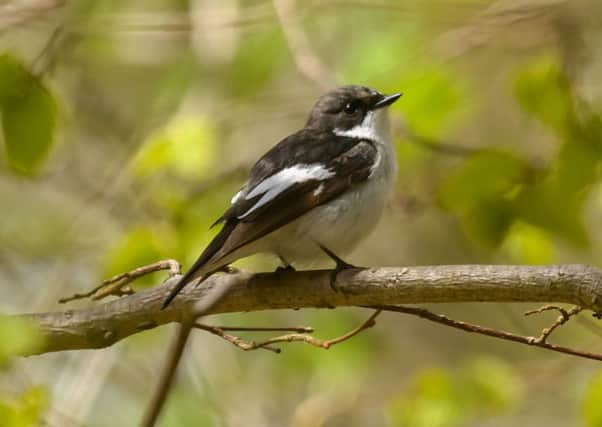Country & Coast: Obsession with two wings takes many forms


Twitchers keep lists of all the birds they have seen. In Yorkshire some of them boast lists of 350-plus species they have identified within the traditional three Yorkshire Ridings, often at long established rarity hotspots like Filey, Flamborough and Spurn, and to those lists they might add the names of another couple of hundred birds they’ve seen elsewhere in the UK.
Further down the hierarchy is the “birder”, someone who wouldn’t dream of jumping into the car - as some Yorkshire twitchers did last week - and drive to Somerset to see a hopelessly lost Hudsonian Godwit, which by now should be happily breeding in Alaska.
Advertisement
Hide AdAdvertisement
Hide AdInstead, birders take a more scientific approach to their observations, supplying vital data on bird nesting and regional population trends to the British Trust for Ornithology and, locally, the Yorkshire Naturalists’ Union.
Then there’s people like me, the humble “birdwatcher”, probably comprising the majority of those with an interest in birds, who prefer the simple recreational pleasure of observing even common species in their natural habitats, and harbour hopes of coming across a bird they’ve seen only in their identification guidebook or on TV. We may jot down a few notes about the birds we’ve seen on a walk, to remember a particularly good day, but most of us don’t collect ticks on a list.
Last week, however, during a morning walk along the River Wharfe at Bolton Abbey I saw so many birds that I felt compelled to start a list. Three hours later it had extended to 48 names, not bad considering that in all of Yorkshire there are only about 150 species likely to be seen at this time of year.
Three distinct habitats - woodland, riverbank and farmland - were available, and I was left remembering the disappointment I’ve often felt after visiting the supposedly more productive wetland habitat found at reserves like the RSPB’s Fairburn Ings, near Castleford, and Old Moor at Barnsley where I’ve only ever seen one or two birds of note. Which made my Bolton Abbey visit so memorable. During last week’s walk upstream from the Cavendish Pavilion to Barden Bridge, I encountered birds like spotted flycatcher, redstart, wood warbler, nuthatch, kingfisher, green woodpecker and - the most uplifting observation of all - a beautiful male pied flycatcher. For an ordinary birdwatcher they constitute a great day out.